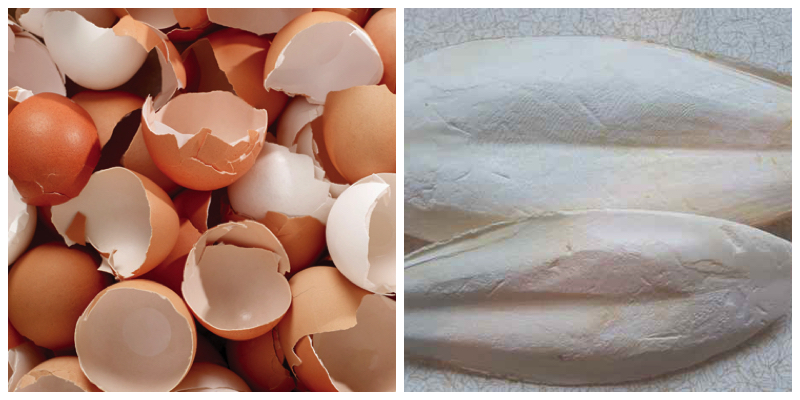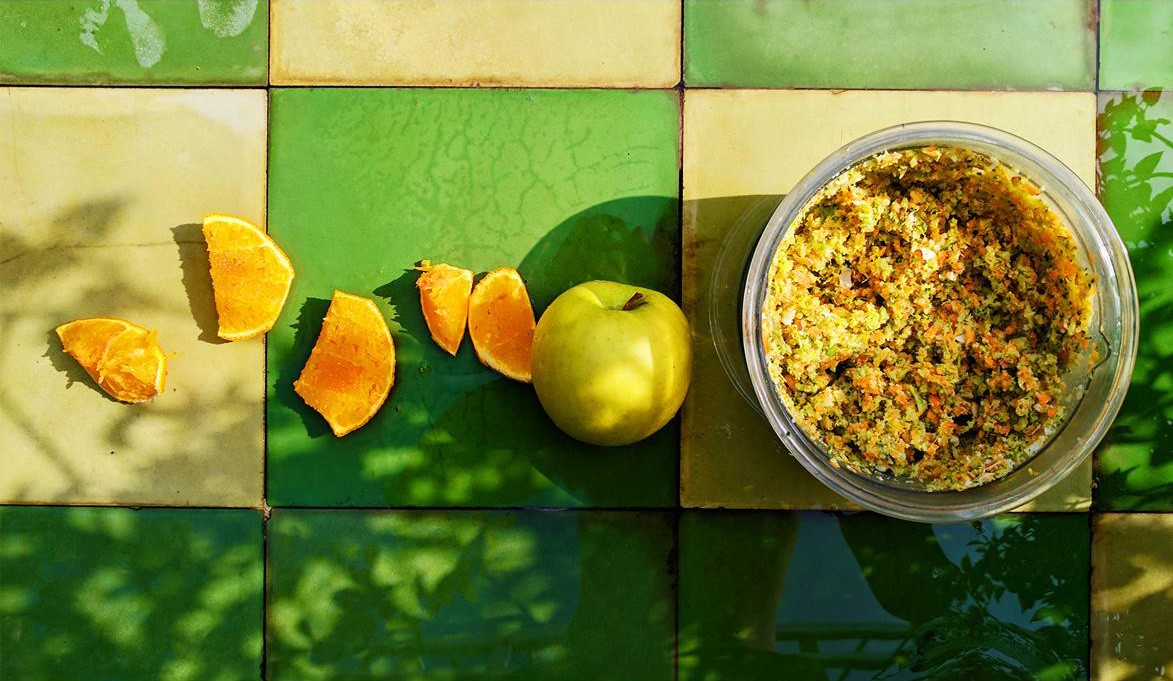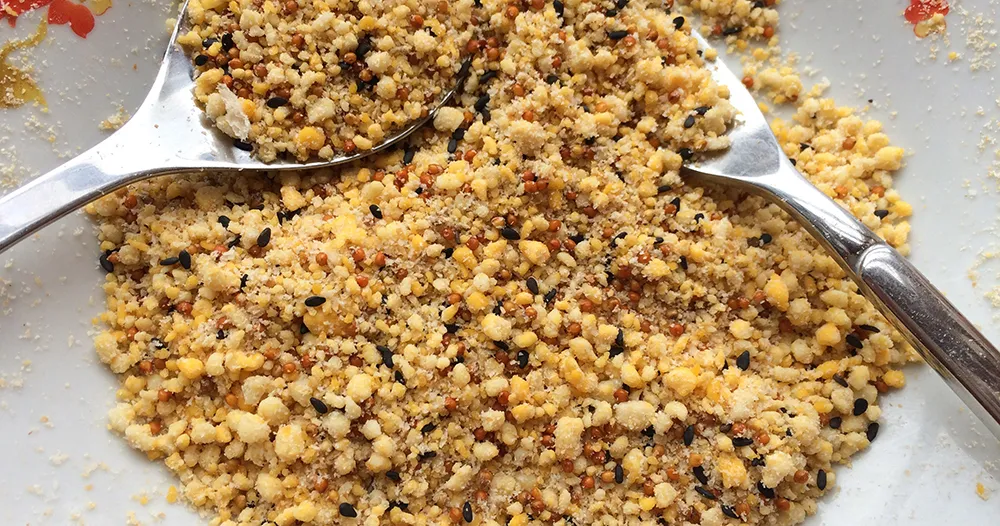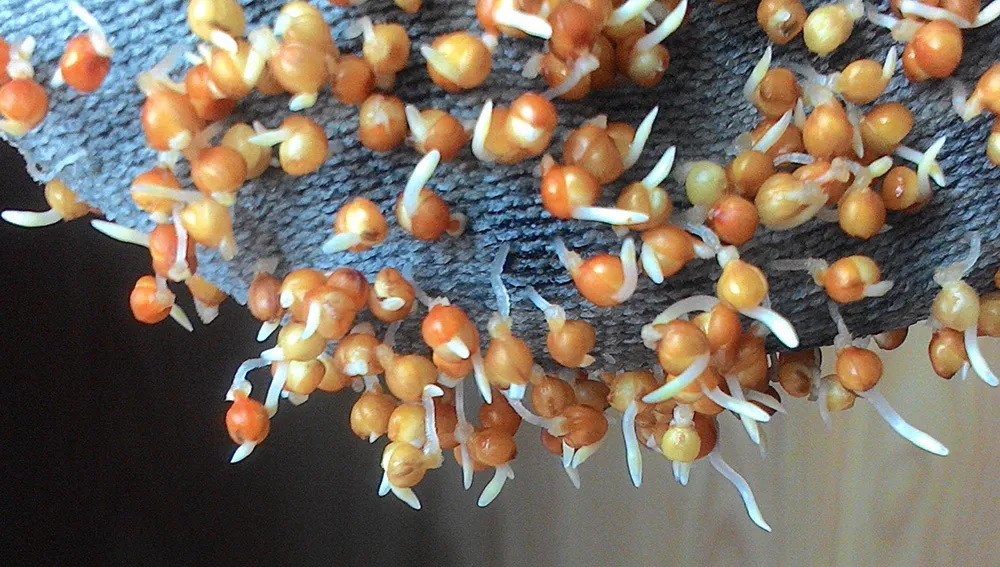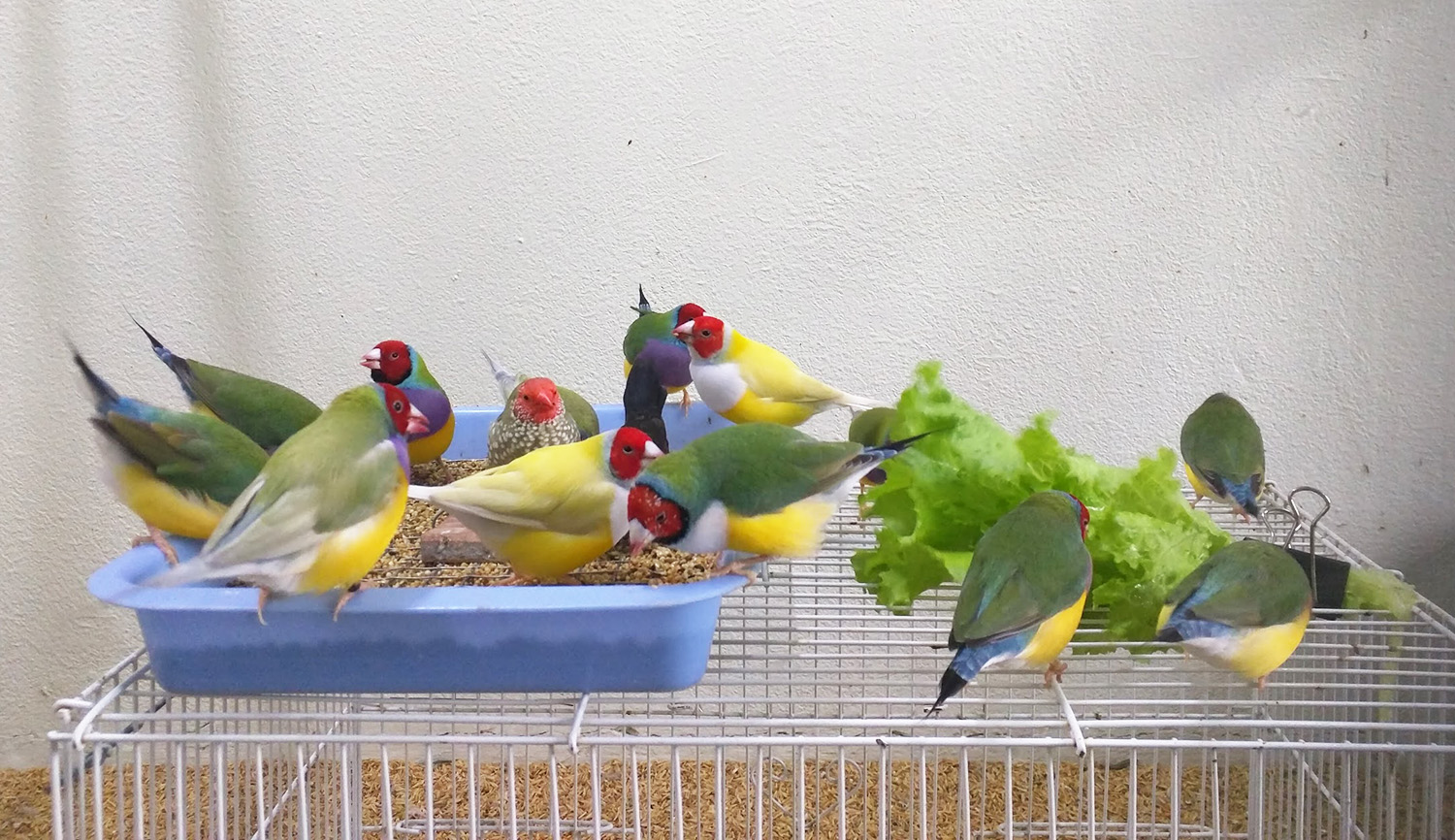
Introducing New Foods to Your Finch
By longnkp / Jul 27 2024 / Nutrition
Welcoming a new finch to your flock or simply upgrading their diet can be an exciting yet challenging task. Birds can be picky eaters, often preferring the comfort of familiar foods. But don’t worry, with a bit of patience and strategy, you can help your feathered friend embrace a varied and nutritious diet.
Understanding Your Finch’s Needs
First, it's essential to recognize that finches, like all birds, have specific dietary requirements that need to be met for optimal health. A balanced diet for finches typically includes seeds, fruits, vegetables, and occasional supplements. The goal is to ensure they receive all necessary nutrients, including proteins, vitamins, and minerals.
Start with Familiarity
When introducing a new food, start with small quantities mixed with their regular diet. Birds are creatures of habit, and a sudden change can be overwhelming. For instance, if you’re introducing a new type of seed or pellet, mix a tiny amount into their existing seed mix. Gradually increase the new food’s proportion over a week or two.
Step-by-Step Guide:
- Mix Small Amounts: Begin by mixing a small amount of the new food with their current favorite. Observe their reaction and ensure they’re comfortable with the mixture.
- Gradually Increase: Slowly increase the new food’s ratio. This gradual transition helps them get accustomed to the taste and texture without feeling stressed.
- Maintain Consistency: Consistency is key. Keep the feeding schedule regular and ensure the new food is always available alongside their usual diet.
Positioning Matters
Believe it or not, where you place the food can impact whether your finch will try it. Birds have specific feeding habits, and placing food in a new location might discourage them. Ensure the new food is placed in a familiar and accessible spot in their cage. You might even try multiple dishes in different locations to see which your finch prefers.
Tips for Success:
- Multiple Dishes: Place several small dishes with the new food in different areas of the cage.
- Favorite Spots: Identify where your finch usually eats and place the new food there.
- Visual Cues: Birds are attracted to bright colors. Adding colorful fruits or vegetables might entice them to try something new.
Using “Teacher Birds”
Birds learn from each other. If you have a finch that already enjoys the new food, let them lead by example. Placing a few “teacher birds” with your reluctant eaters can encourage them to try new foods through mimicry.
Implementing Teacher Birds:
- Pairing: Introduce the new food with finches that are already familiar with it.
- Observation: Let the new birds observe the teacher birds eating the new food.
- Flock Behavior: Utilize the natural flock behavior to your advantage. Birds often follow what others do.
Introducing Supplements
Supplements can be tricky to introduce but are vital for a balanced diet. The easiest way is to mix powdered supplements into their seed mix. Another effective method is to add them to sprouted seeds or fruits, which are often more palatable for birds.
Supplement Introduction Methods:
- Dry Mix Method: Mix the supplement powder with their regular seed mix using a binding agent like sunflower or cod liver oil.
- Sprouted Seeds: Sprout seeds and mix in the supplement. Sprouted seeds are nutritious and often more appealing to birds.
- Teacher Birds: Again, use birds familiar with the supplement to encourage others to eat it.
Example Recipe for Supplement Mix:
- Ingredients: 1 liter of seed mix, 100 ml of supplement powder, 10 ml of sunflower oil.
- Instructions: Mix the seed and supplement thoroughly with the oil and serve as usual.
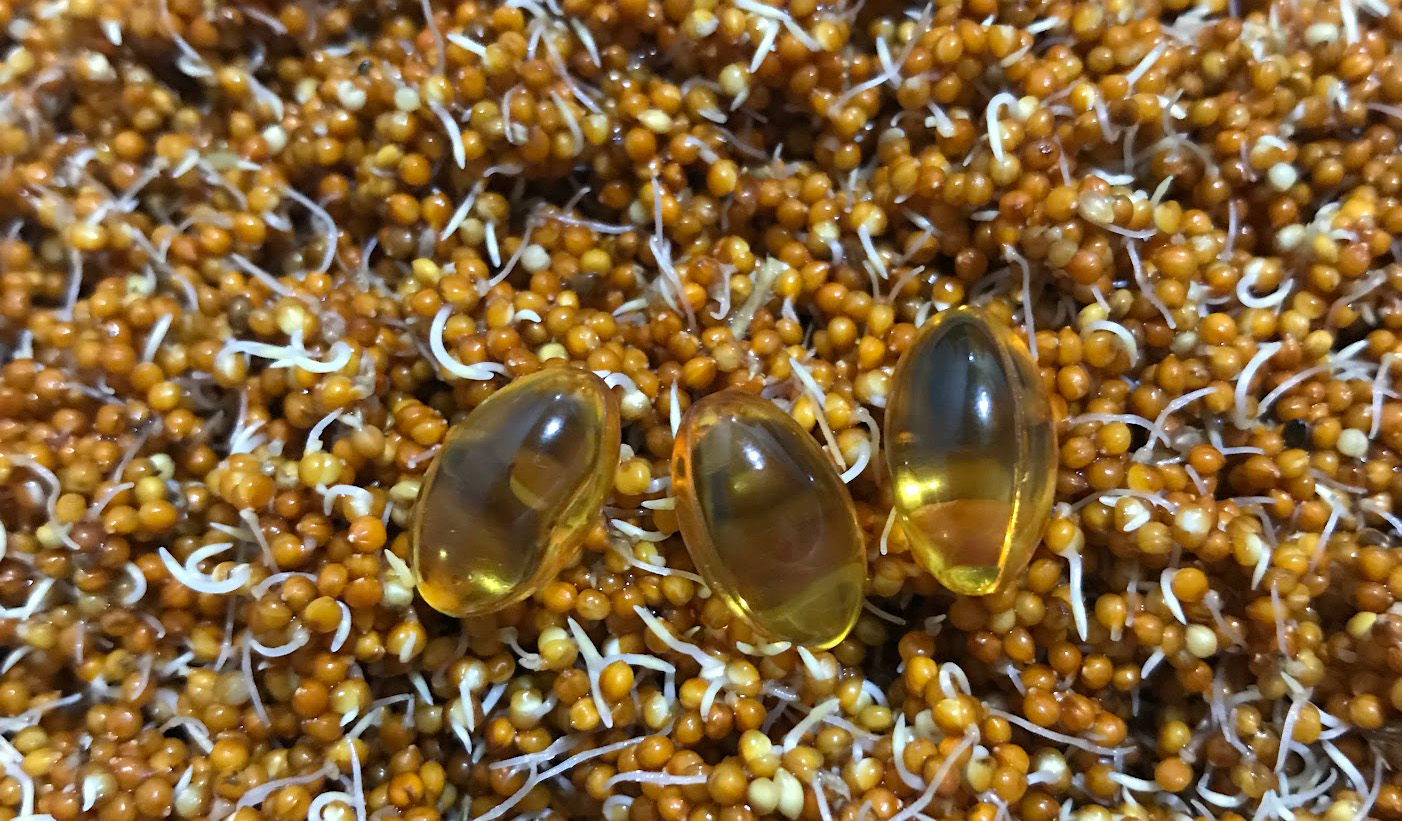
Cod liver oil mix in sprout seeds
Extra Tips for Successful Introduction
- Never attempt to change the diet of a bird that is ill. If a bird becomes ill during the process, return to the old diet until the bird recovers.
- Avoid dietary changes during stressful times like environmental changes or introduction of new cage mates.
- Remove seed at night and provide new foods in the morning when the appetite is greatest.
- Transition birds from seeds to vegetables by offering sprouted seeds.
- Use wide, shallow dishes to make the food more attractive.
- Mix new foods or vitamin powder with familiar soft foods like egg mix until the bird accepts other foods.
- Birds are more likely to try new foods when feeding chicks. Take advantage of this by providing novel foods and reducing old ones.
- If all else fails, offer only the new food for 24 hours, then return familiar food for a few days and repeat.
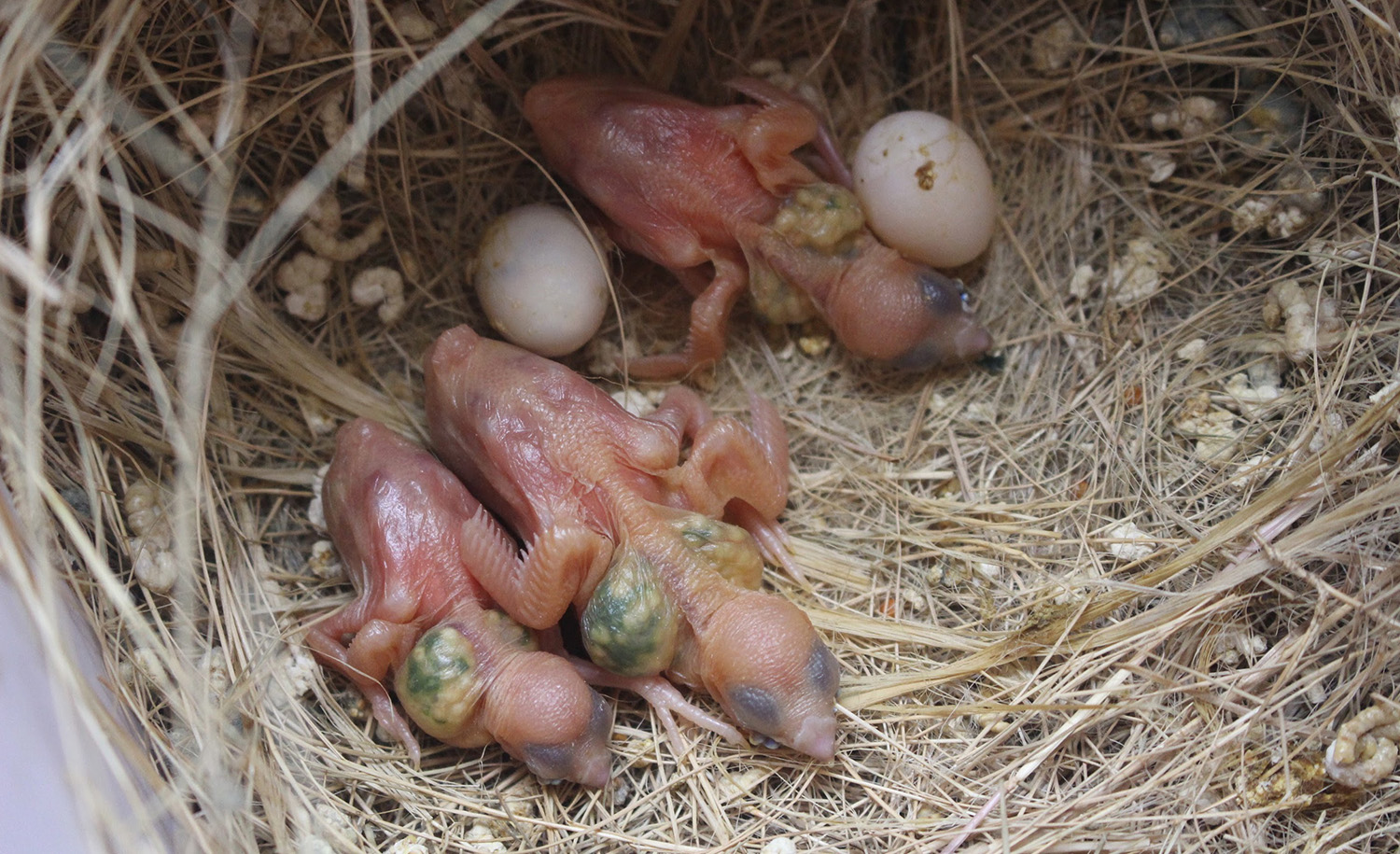
Baby Gouldian Finch
Conclusion
Introducing new foods to your finch requires patience, consistency, and a bit of creativity. By gradually integrating new foods, using teacher birds, and paying attention to feeding positions, you can ensure a smooth transition to a healthier, more varied diet for your feathered friends.
Remember, every bird is unique. What works for one might not work for another. Stay observant and adjust your strategies as needed. Your finches will appreciate the effort, rewarding you with their vibrant health and joyful chirps. Happy feeding!
Relative Posts
Recent Posts
- Unlocking the Secrets of Calcium for Healthy Captive Birds
- Hand Feeding Finches
- Why Parents Toss Chicks and How to Help
- Fostering Finches: Ensuring the Survival of Your Feathered Friends
- Sunshine and Finches: A Guide for Indoor Bird Keepers
- Air Sac Mites in Finches: Understanding, Preventing, and Treating
- Introducing New Foods to Your Finch
- Homemade Finch Food Recipes
- Choosing Breeding Gouldian Finch Pairs
- How to Choose a Nest Box for Your Finches

